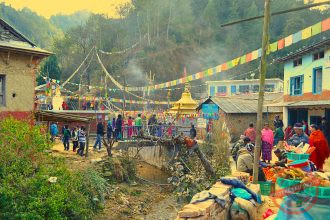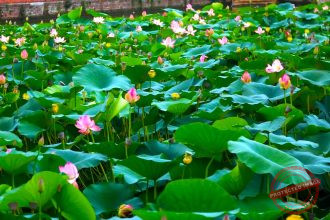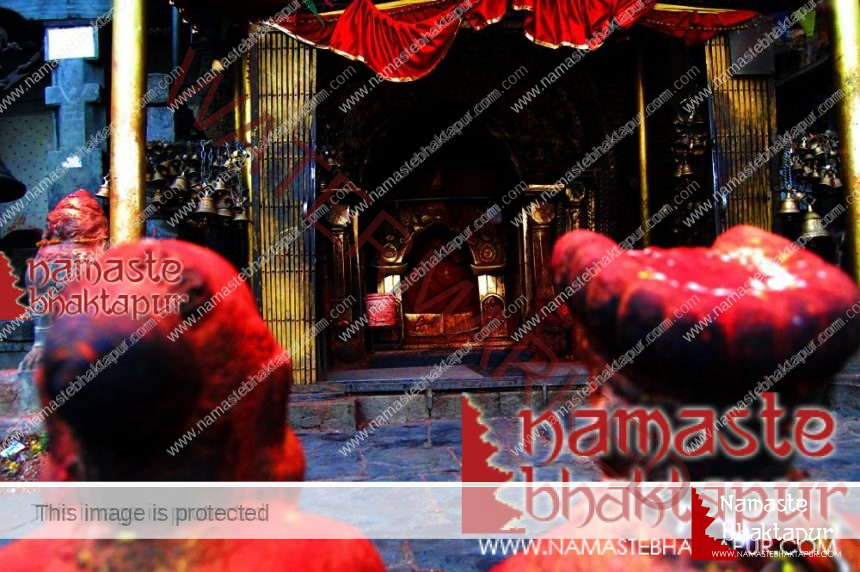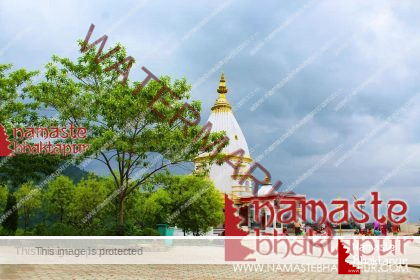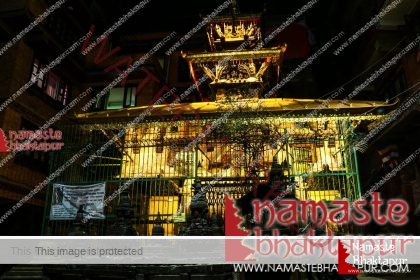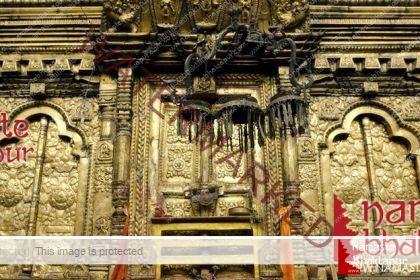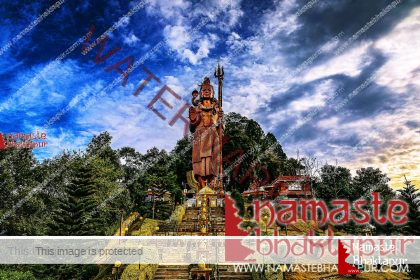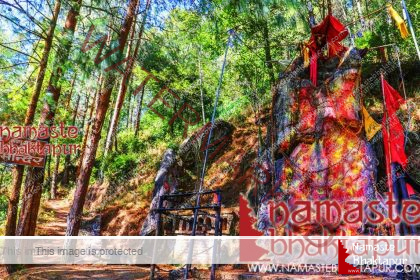Suryabinayak is also one of the four Siddha Binayakas of the valley (Jalbinayak, Karyabinayak, Suryabinayak, Chandra Binayak) . Among these, Suryabinayak is regarded to be the eldest. This temple was built 1500 years ago during the time of Lichhavi monarch Bishnu Dev Burma, according to legend. The temple was constructed in the 17th century under the reign of King Bhupatindra Malla, according to subsequent records. Of course, there are accounts of it being rebuilt and maintained even during the reign of King Mahendra Shah.

Surya and Binayak are two words combined to produce Suryabinayak, as the name suggests. It is reported that the sun’s first rays strike this spot first in the valley. Suryabinayak is where the sun’s first rays fell. It’s the stuff of Mythology. When a Brahmin’s son died, Lord Ganesha appeared and said that if the first ray of the sun shines on your son in this Nepal Mandal, he will be alive. Later, that Brahmin brought his deceased son to Suryabinayak. It was rumored to have occurred.
All of Ganesha‘s statues in the valley face south, but only Suryabinayak faces east. In the local language, Suryabinayak is known as “Inay Ganesh.” Binayak (Ganesh) is known as “Inay”(“इनाय”) in Nepal Bhasa. “Inay Gou”(“इनाय गुं”) is the name of the woods where “Inay”(“इनाय”)can be found. In In the indigenous tongue, the word “Gou””गुं” means “forest.”
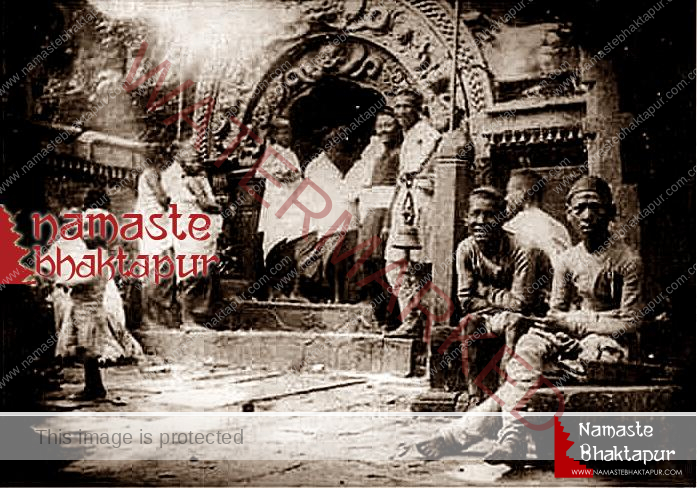
Suryabinayak woodland has another a mythology attached to it. When Indrajit rendered Laxman comatose, he dispatched Veer Hanuman to the Himalayas in search of Sanjivani (in of Hindu origin and means “A herb that brings back life”) herbs for cure. Veer Hanuman couldn’t recognize Suryabinayak‘s woodland because it had turned into a little mound.
Suryabinayak, is place to one of Bhaktapur’s big sized bells. During daily worship, the bell is rung. It’s apparent that this is a site of great worship. Similarly, a Golmadhi Guthi has a “Matapuja” tradition, and Halimali (Nasa Boigu) is done on the day of Sakimana Purnima (Halimali-Punhi). From around the corner, a Dafa Bhajan group performs.
The uniqueness of this temple is that when the wordless and obscure youngsters are brought before Suryabinayak and released, they begin screaming in terror and then become speechless.
It is a common misconception that children are taken here and left alone. The sight of Ganesh is considered to bring bliss to the mind and emotions. Suryabinayak‘s origins are the subject of numerous stories.

